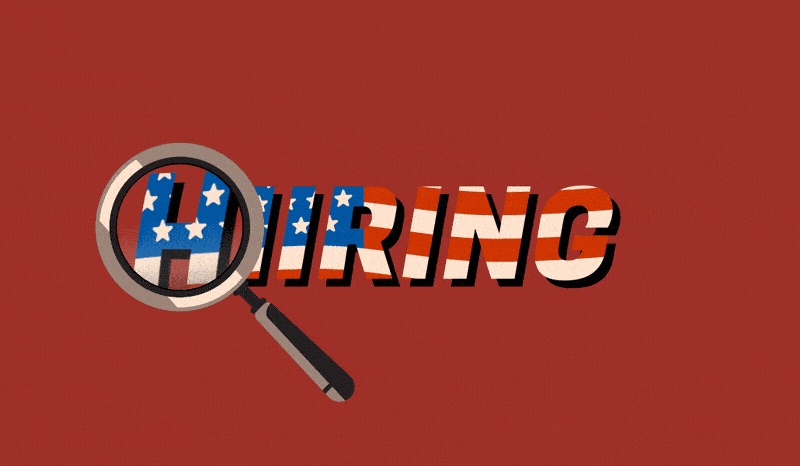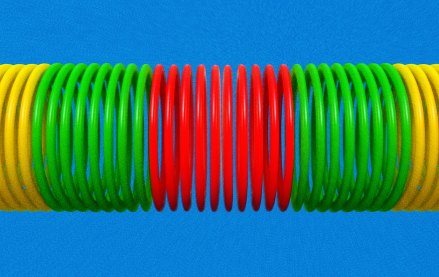Dutch agencies HyperSolid and Superheroes look to make an impact on U.S. shores

The Dutch are no strangers to New York. After all, the city used to be known as New Amsterdam. But there’s a resurgence of agencies from the Netherlands finding their way to American shores.
Dept did it at the outset of the pandemic when The Carlyle Group acquired the Dutch agency. Now, two agencies — Hypersolid, which is being formed from the union of a handful of companies, and Superheroes, which specializes in creating art installations that double as media campaigns — have set up camp domestically, harboring different aspirations.
The more recent of the two to arrive in the U.S. is Austin, Texas-based HyperSolid, an amalgam formed out of Dutch tech firm Triple, brand experience agency code d’azur, business transformation agency Connect2Crowd and brand design agency Wonderland, all of which have operated in Europe. HyperSolid’s focus is on merging tech, media and creativity, and it put code d’azur’s CEO Nik Nieuwenhuijs as CEO of U.S., working out of Austin-based headquarters.
Nieuwenhuijs said part of the motivation to launch in the U.S. is due to existing clients EV brands Polestar and Heineken, which had marketing needs in the U.S., but he hopes one day to grow revenue generated here to 50% of total global revenue.
“For us, it’s a very logical step, not only to support our international clients, but also to tap into the U.S. market with our capabilities,” said Nieuwenhuijs, who believes HyperSolid can be “smarter than agencies and faster than consultancies. … The fusion of technology and creativity is still a blue ocean for me, in the sense of really integrating and connecting them.”
He also argued a distinguishing factor might be a non-American way of thinking. “That’s maybe also a little bit of the Dutch culture — being really pragmatic, with a makers’ mindset that differentiates us from our U.S. competitors,” he said.
With a satellite now firmly based in Brooklyn, Superheroes is a 15-year-old Amsterdam-based shop that’s been dabbling in AI-generated art, Superheroes is focused on reaching Gen Z in non-traditional ways, one of which is generating art installations for clients that one wouldn’t ordinarily expect to commission such things. The idea is to focus on organic means of generating audience and interest rather than through paid media.
“We have an approach that is really all about earned-first thinking, which for us is thinking about what really engages with people,” said Superheroes co-founder and chief creative officer Roger Vijverberg. “How we breakthrough the clutter is a starting point, but also how do we do that in a way that we actually get those thumbs to stop for a moment to get people to think about what we offer? We want to really elevate brands to becoming part of culture or becoming a conversation starter.”
Vijverberg said it all starts with earned media so the ideas can organically stand on their own, but then get boosted by social investment, followed by reformatting the content with backstories or spinoffs, which stretches the ideas further. “for instance, we’ll create paid formats like like pre-rolls or shorts, he said. “We also bring that content to digital, connected TV, out of home or even retail sometimes. We also add social commerce tools to it so we can send traffic to websites or e-comm channels or retail stores. It starts with organic and ultimately leads into full on social-driven media campaigns.”
Superheroes assembled a collective called Jimmy, consisting of 50 or so creators and artists who it works with to develop the art and concepts that become the media channels. To support those artists, Superheroes has also put together a global network of Gen Zers who tell brand teams what kind of artwork moves them, under the banner The Robins.
Buick is a client that’s used the Jimmy collective to help foster its newer image — the car brand has undergone a significant rebranding effort of late, said Sam Gentry, Buick’s assistant manager, social and brand partnerships. Superheroes, through some of Jimmy’s artists, rendered three of the brand’s SUVs as hanging art pieces in a gallery, using AI as they morph from varying shapes into the cars.
“It met our goals. We saw a double digit increase in terms of a completion rate metric vs. benchmark content from the past. So it did have a measurable impact,” said Gentry, who added the Superheroes people delivered on a quicker turnaround time than usual. “This was used in the context of an upper-funnel launch campaign. So with that in mind, it accomplished what we were we were looking to accomplish.”
Other clients who’ve work this way include Netflix, which hired Superheroes to promote Avatar the series, among other shows. That TikTok video hit 120 million organic views in total to date, said Susan Vugts, Superheroes’ managing director, who’s based in Brooklyn along with Vijverberg. Other clients include Lenovo, the NBA and Puma.
Vugts said a growing segment for the agency includes fashion and luxury brands such as Fenty and Balenciaga, which leveraged the social art strategy. Vijverberg added that Superheroes even launched an offshoot called DeLuxe, attracting clients Rolex and Louis Vuitton.
More in Media Buying

Ad Tech Briefing: Big Tech won 2025 (even when it lost)
How AI, commerce media and scale reshaped ad tech in 2025 to the benefit of Big Tech.

How brands shifted marketing and media strategies through year of tariffs
Marketers share how they navigated the maze of tariffs and regulatory changes this year.

Media Buying Briefing: Omnicom Media execs begin their pitch outreach ahead of an expected new-business glut
Omnicom’s acquisition of IPG is only a few weeks old, but its combined offer to the market will soon be put to the test as it meets with consultants.







